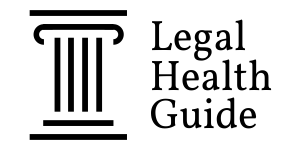Applying for Medical, also called Medicaid or Medi-Cal, can seem like a lot at first. Knowing what documents you’ll need ahead of time makes things easier.
You have to show proof of identity, income, residency, and citizenship or immigration status to finish your Medical application. Having these on hand before you start helps you avoid delays and get your healthcare coverage sooner.
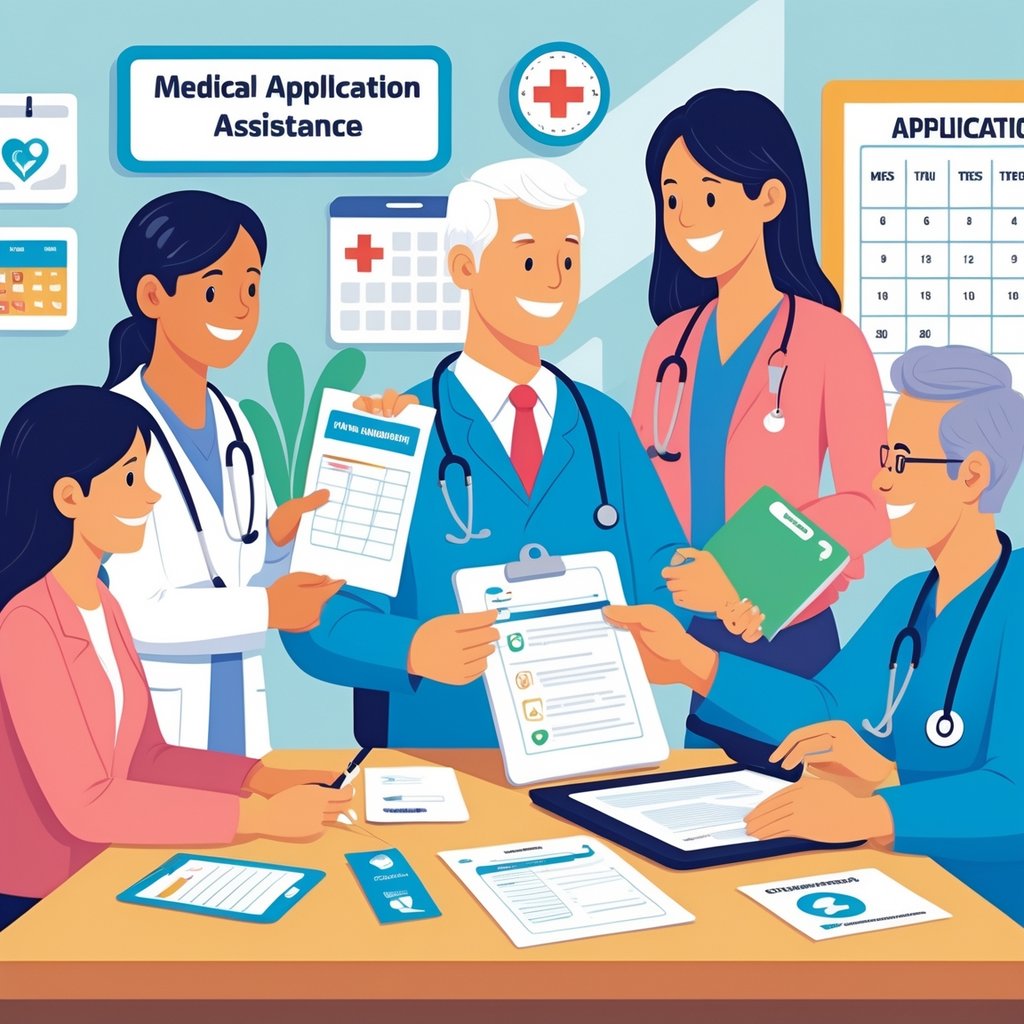
Most people need basics like a driver’s license, pay stubs, and utility bills. Some folks might also need to show bank statements, tax returns, or immigration papers.
It’s worth figuring out what you need based on your situation so you can get organized. That saves time and, honestly, your nerves.
This guide covers each type of document you might need. If you’re missing something, there are tips on how to get a copy.
Key Takeaways
- You’ll need identity, income, residency, and citizenship documents for Medical coverage
- Getting your paperwork together before you start helps you avoid delays
- If you’re missing documents, you can usually get them from employers, banks, or government offices
Eligibility Criteria for Medical Applications

Eligibility for Medical depends on where you live, your income, and your legal status in the US. Those three things decide if you qualify.
Residency Requirements
You have to live in California to get Medi-Cal coverage. California residents can apply no matter how long they’ve been there.
Permanent residency isn’t required. Temporary residents count if they live in California now.
You need to plan on staying in California or think of it as your home. Just visiting? That doesn’t count.
Required Documentation:
- Utility bills with your California address
- Rent receipts or lease agreements
- Mail sent to you at a California address
Income Limit and Household Size
Your household income has to be below certain limits for Medi-Cal. The income limits change depending on how many people live with you.
They use your yearly income before taxes. This covers pay from jobs, unemployment benefits, and social security.
Income Limits for 2025:
- 1 person: $20,783
- 2 people: $28,207
- 3 people: $35,631
- 4 people: $43,055
Household size means you, your spouse, and any kids under 19. It also includes other family you claim on taxes.
Citizenship and Immigration Status
Medi-Cal provides coverage no matter your immigration status. You don’t have to be a US citizen to get benefits.
Citizens and legal residents can get full coverage, including medical services and prescriptions.
Undocumented immigrants can get emergency and pregnancy care. Long-term care might be possible if you meet other requirements.
Accepted Documentation:
- Birth certificate or passport for citizens
- Green card for permanent residents
- No immigration documents needed for emergency services
Essential Personal Documentation
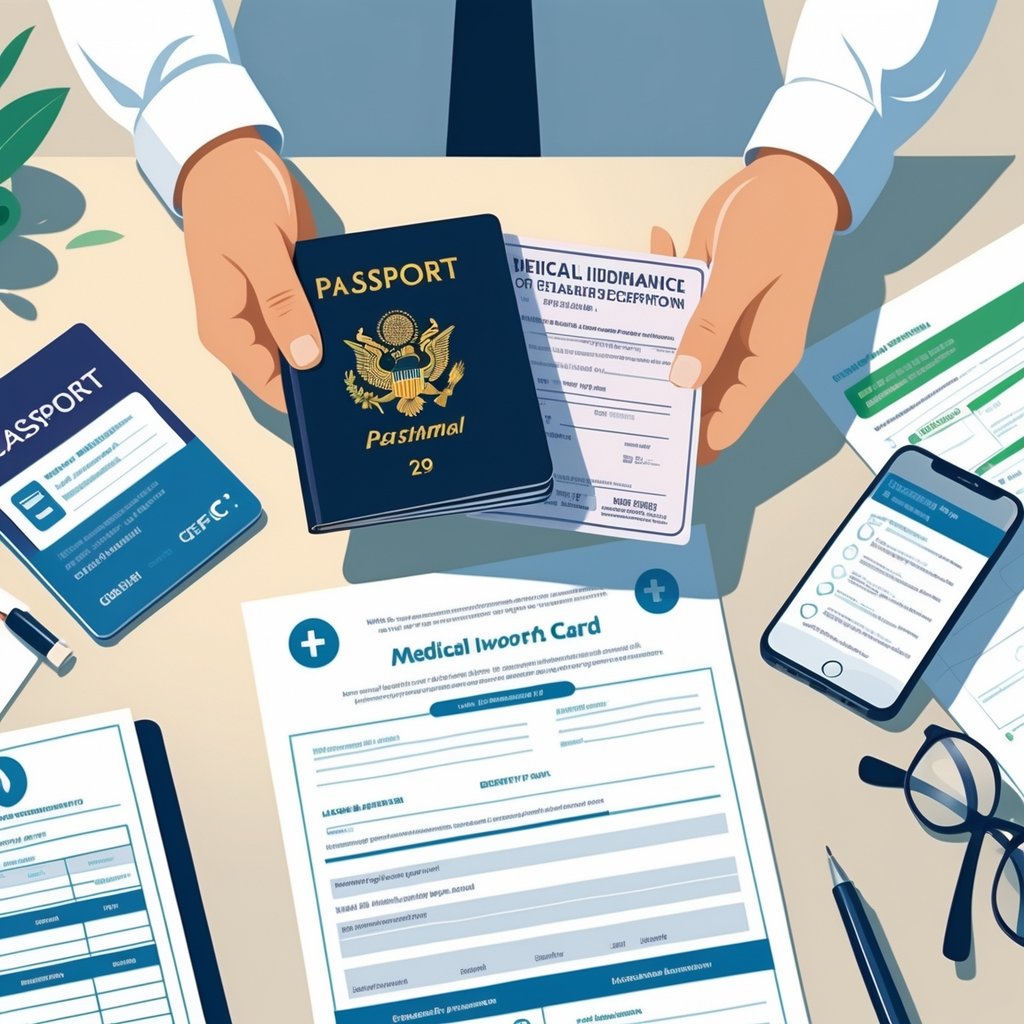
You’ll need personal documents to show your identity, Social Security number, and address. These three are the backbone of your application.
Proof of Identity
You have to prove who you are with official ID. Proof of identity is fundamental for Medi-Cal.
Most people use a driver’s license. A state ID card also works if you don’t drive.
Other options:
- US passport
- Military ID card
- Tribal ID card
Your ID needs to be current and not expired. Make sure your name matches what’s on your application.
Don’t have a photo ID? Sometimes you can use two other documents together. You should check with your local Medi-Cal office about what counts.
Social Security Numbers
You need to give Social Security numbers for everyone in your household applying for coverage. Social Security Number verification is required.
The best proof is your Social Security card. Keep the original safe and just send copies.
If you lost your card, these work too:
- W-2 tax form
- Pay stub with full Social Security number
- 1099 tax form
A letter from the Social Security Administration is fine, as long as it shows your full name and number.
Only share your Social Security number on official Medi-Cal forms. Don’t give it to random sources.
Proof of Residency
You need to show you live in California for Medi-Cal. Residency verification requires documents with your current address.
Utility bills are the easiest. Gas, electric, water, or phone bills all work.
Other documents you can use:
| Document Type | Requirements |
|---|---|
| Lease agreement | Must show your name and current address |
| Mortgage statement | Recent, within 60 days |
| Bank statement | Must show your address |
| School records | For students away from home |
Your residency proof should be dated within the last 60 days. The address has to match what’s on your application.
If you live with someone else, you might need a letter from them. That letter should explain your living situation and include their proof of address.
Income Verification Requirements
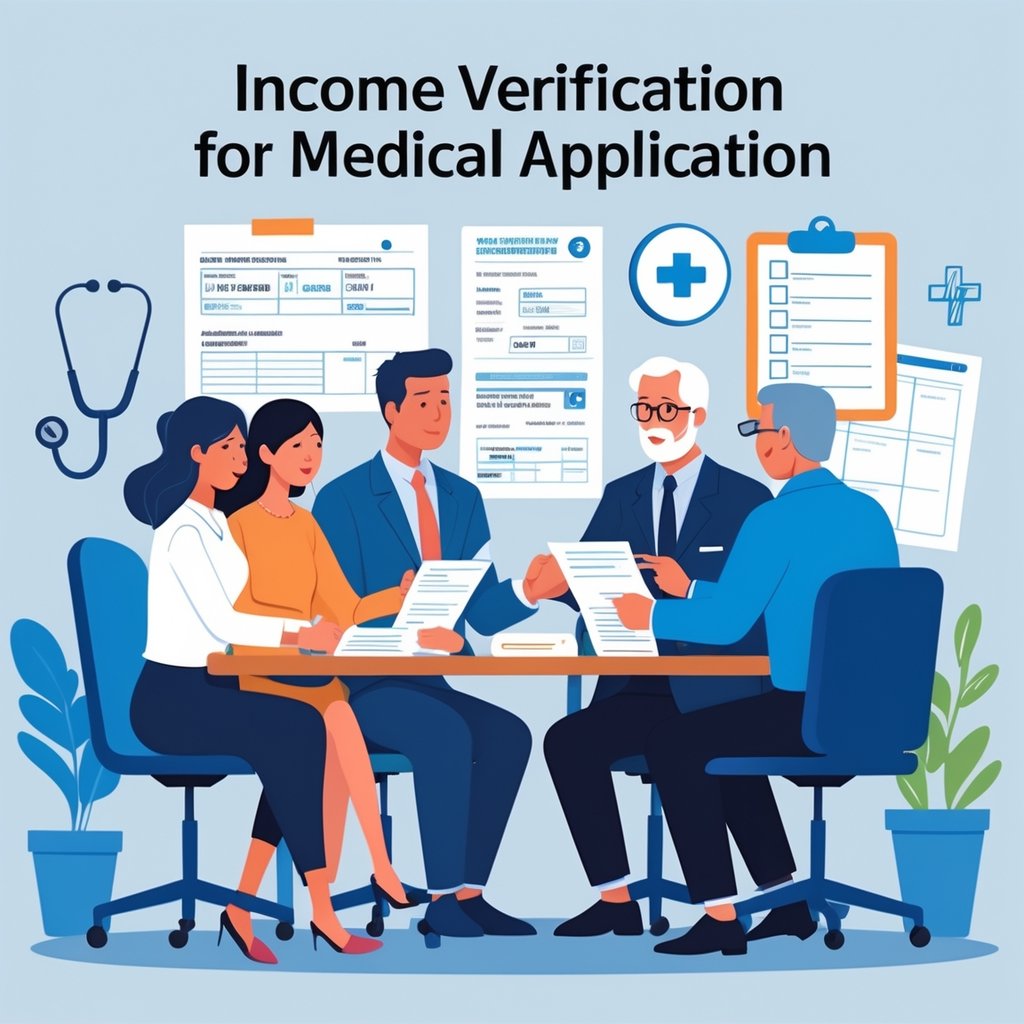
You must show proof of all income sources when you apply. Recent pay stubs and tax returns are the main documents for this.
Pay Stubs and Employment Income
Your pay stub has to list specific info to count as valid proof. It needs your full name, income, pay period, and payment date.
Required Pay Stub Info:
- Full name or Social Security number
- Gross income before taxes
- Pay frequency (weekly, biweekly, monthly)
- Date of payment
You should provide proof from the last four weeks, no matter your pay schedule. Biweekly pay? Send your two most recent stubs. Monthly? Just the latest stub.
If you’re self-employed, you’ll need extra documents. That means profit and loss statements or last year’s business tax returns.
Tax Returns and Other Financial Records
Tax returns give a full picture of your annual income. You should send your most recent federal return, including all schedules and W-2s.
Other Income Documents:
- Social Security award letters
- Unemployment statements
- Pension or retirement income records
- Disability payment proof
One proof document is needed for each income type. If you have more than one income source, gather documentation for each.
Sometimes they’ll ask for bank statements to check that your deposits match what you reported. Keep recent statements handy just in case.
Additional Supporting Financial Documents
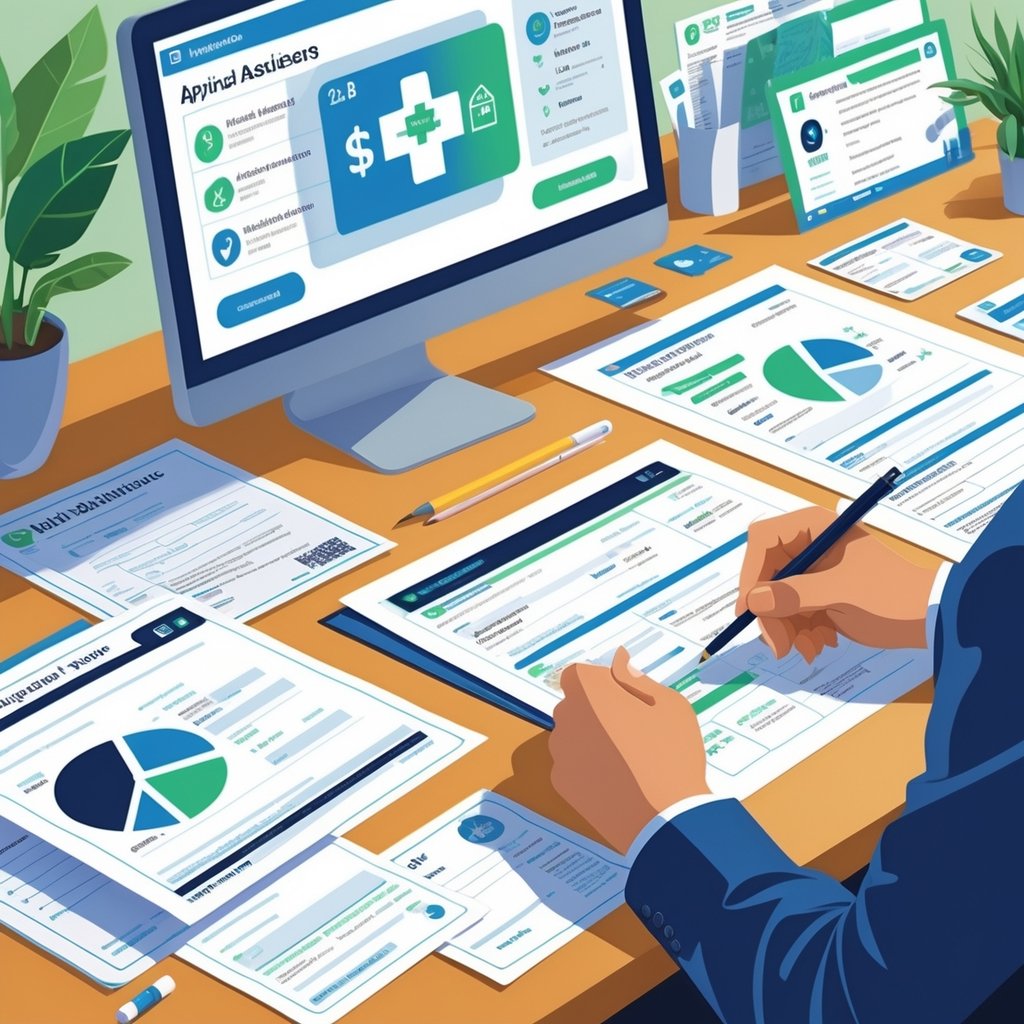
Your application needs detailed proof of assets and financial resources beyond just income. These help show your full financial picture.
Asset Statements and Bank Records
You’ll need to send bank statements from the past three to six months. Include statements for every account you own or can access.
Bank documents to include:
- Checking account statements
- Savings account statements
- Money market accounts
- Certificate of deposit records
- Credit union statements
Statements should show balances, deposits, and withdrawals. Closed any accounts in the last year? Include closure statements.
If you have joint accounts, send those too—even if you don’t use the money. This includes accounts shared with your spouse or family.
Insurance Policies and Retirement Accounts
Send paperwork for all insurance policies that have cash value. Life insurance, annuities, and retirement accounts count as assets.
Insurance and retirement docs:
- Life insurance statements
- Annuity contracts and values
- 401(k) account statements
- IRA statements (traditional and Roth)
- Pension plan paperwork
Use the most recent quarterly or annual statements. They should show current cash values and any recent transactions.
If you get monthly payments from retirement accounts, add those records too.
Property and Vehicle Ownership Documents
You need proof of any assets you own, like real estate and vehicles. These affect your eligibility.
Property documents:
- Deeds for all real estate
- Current property tax assessments
- Vehicle titles and registrations
- Boat or RV ownership papers
If you own rental property, include rental income statements. If you have recent appraisals, add those.
List every vehicle you own, even if it doesn’t run. That means cars, trucks, motorcycles, and RVs.
Submitting an Application for Medical

You can apply for Medi-Cal online, by mail, by phone, or in person. Online options include BenefitsCal and Covered California, both using the same system.
Applying Online through BenefitsCal
BenefitsCal is California’s main online portal for benefits. You can apply online here to start your Medi-Cal application process.
The site lets you fill out an easy form and upload your documents right there.
BenefitsCal Features:
- Step-by-step help
- Upload documents directly
- Track your application status
- Eligibility checks for other programs
You can also see if you qualify for CalFresh food benefits in the same application. The system saves your progress, so you can come back later if you need to.
Using Covered California
Covered California is another online option. The DHCS website sends applicants here to apply for Medi-Cal.
Both Covered California and Medi-Cal use the same form. You only need to fill it out once.
The system checks if you qualify for Medi-Cal based on your income and household size. If you don’t qualify, you might see other health coverage options through Covered California.
Submitting by Mail, Phone, or In Person
You have several ways to apply for Medi-Cal benefits besides online applications. These include mail, phone, and in-person visits.
Mail applications mean you print and fill out a paper application. Mail all the required documents and your completed form to your local county office.
Phone applications let you talk with a caseworker who helps you finish your application over the phone. You still need to mail or fax your documents.
In-person visits let you meet a caseworker at your local county human services office. Bring your required documents to your appointment.
The caseworker can help you fill out your application and answer questions right away.
Selecting a Health Plan After Approval
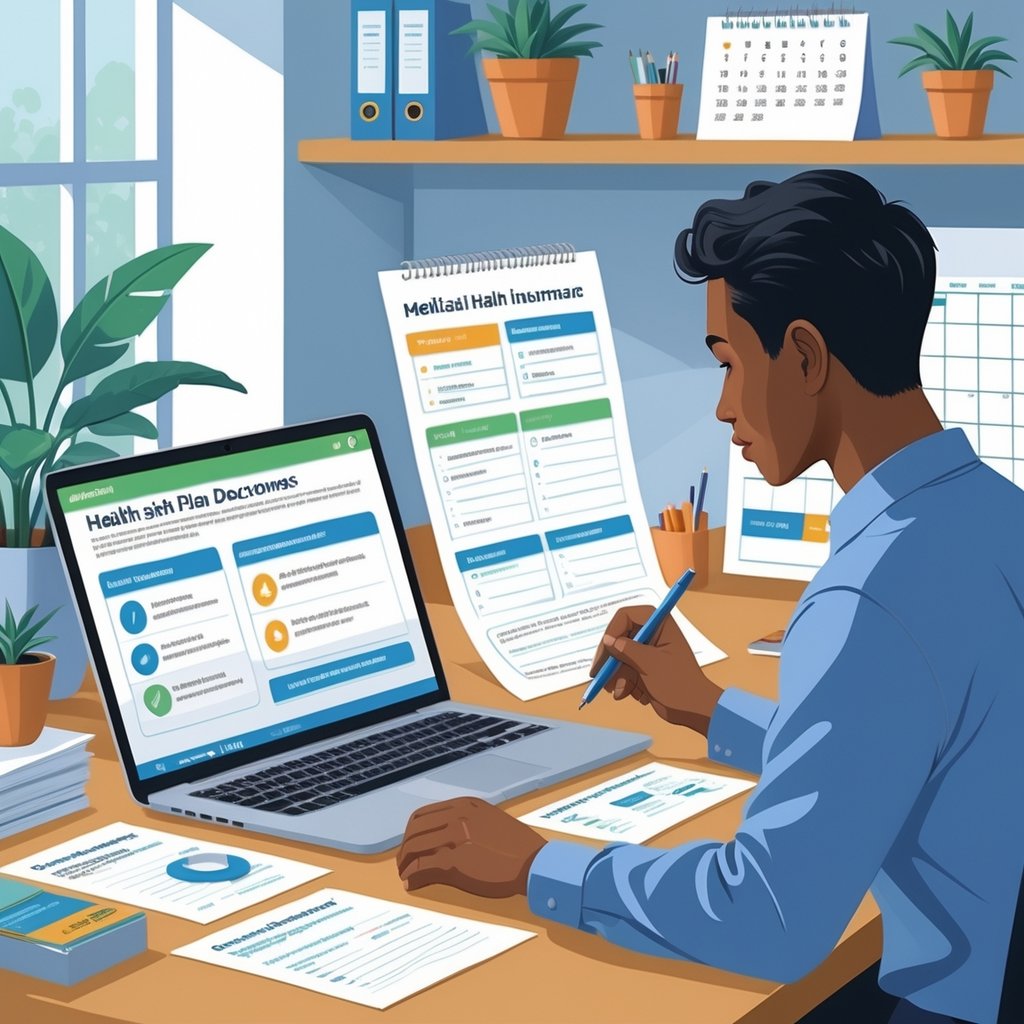
Once you get approved for Medi-Cal, you have to pick a managed care plan for your healthcare. IEHP is a big option in some California counties, while other managed care plans are available across the state.
Choosing Inland Empire Health Plan (IEHP)
IEHP serves Riverside and San Bernardino counties as a managed care plan option for Medi-Cal members. If you live in these counties and want local coverage, you can choose IEHP.
IEHP Benefits:
- Local doctors and hospitals in the network
- Prescription medications included
- Mental health services available
- Preventive care visits covered
After you enroll, you get an IEHP member ID card. Show this card at doctor visits and when picking up prescriptions.
IEHP assigns you a primary care doctor from their network. If you want to switch doctors, call member services.
Most specialist visits need a referral from your primary care doctor. The plan covers emergency room visits, hospital stays, and urgent care.
You don’t pay copays or deductibles for most Medi-Cal covered services.
Comparing Medi-Cal Managed Care Options
Your county decides which managed care plans you can pick from. Most counties have more than one plan, not just IEHP.
Key Comparison Factors:
- Which doctors and hospitals are in the network
- Prescription drug coverage
- Transportation help
- Language support
Look at each plan’s provider directory before you decide. See if your current doctors accept the plan you want.
Some plans include extras like dental, vision, or rides to appointments. Compare these extra benefits when picking.
You can switch plans during open enrollment or if you have a qualifying reason. Contact your county social services office for comparison materials or help enrolling.
Most plans work the same for basic Medi-Cal benefits. The main difference is which doctors and hospitals you can use.
Maintaining and Updating Your Medical Benefits
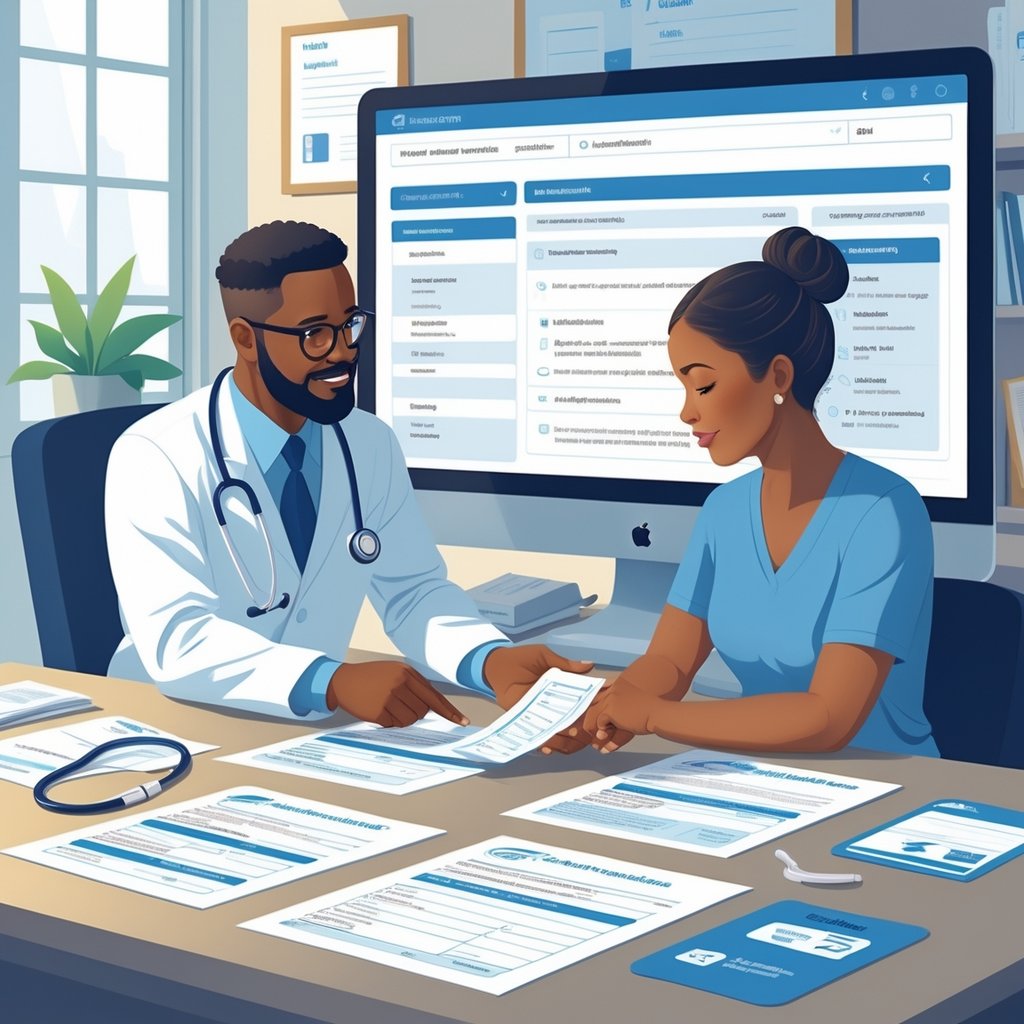
You need to report income and household changes quickly to keep your benefits. Renewal forms come each year, asking for updated info.
Reporting Changes in Income or Household
Tell your medical benefits program about income changes within 10 days. Any increase or decrease in income can affect your eligibility and costs.
Income or household changes might affect your coverage or savings. Update your application as soon as something changes.
Income changes to report:
- New job or job loss
- Pay raise or pay cut
- Switching from full-time to part-time
- New benefits like unemployment or disability
Household changes include:
- Marriage or divorce
- New baby or adoption
- Someone moving in or out
- Death of a family member
For Medi-Cal, update your contact info through BenefitsCal. Log in to change your address, phone, or email.
Call your local county office right away if something changes. If you wait too long, you could lose benefits or owe money back.
Renewing Your Coverage Annually
You have to renew your medical benefits every year. Renewal forms will arrive in the mail before your coverage ends.
Check your mailbox so you don’t miss renewal notices. Health officials urge Medi-Cal enrollees to look out for these forms and contact their county office if needed.
Renewal process steps:
- Fill out every section of the renewal form
- Provide proof of income and household size
- Send forms in before the deadline
- Wait for your approval notice
If you miss the renewal deadline, you lose your benefits. You’ll have to reapply and wait again.
Federal and state laws require periodic reviews to check if you still qualify. This usually happens every 12 months.
Send your renewal forms early. Processing can take a while, and you want to avoid a coverage gap.
Frequently Asked Questions
A lot of people get stuck on certain steps in the Medi-Cal application process. These common questions cover documents, applications, checking coverage, finding offices, completing forms, and how to check if your provider is eligible.
What documents are required when applying for Medi-Cal online?
You’ll need proof of identity like a driver’s license, state ID, or passport. A birth certificate or Social Security card also works.
Show residency with utility bills, a lease, or official mail at your address. For citizenship, bring a birth certificate, US passport, naturalization certificate, or Green Card.
Prove income with pay stubs, tax returns, or Social Security award letters. If you’re self-employed, use recent tax returns or business records.
You might need bank statements, property deeds, or car titles for assets. If you have other health insurance, grab your insurance cards and policy info.
How can I obtain a Medi-Cal application in PDF format?
Download Medi-Cal applications in PDF from the official California Department of Health Care Services website. Local county social services offices also post PDF applications on their sites.
Many counties have forms specific to their area. Print these at home and fill them out by hand.
What are the steps to verify active Medi-Cal coverage online?
Log in to your county’s online portal or the state’s benefit system. You’ll need your case number and personal info.
Enter your Social Security number, date of birth, and case number. The system shows your current coverage and benefits.
Check your coverage dates and any pending renewals. Print or save confirmation pages for your own records.
Where can I find the nearest application center for Medi-Cal services?
Call your county’s Department of Social Services office. Every California county has offices that handle Medi-Cal applications.
Find office locations on your county website or by calling the main county number. Some offices need appointments for in-person visits.
Community health centers and qualified health centers can help with applications too. They usually offer free help with forms.
What is the process for completing a Medi-Cal application in California?
Gather all required documents before you start. This helps avoid delays.
Complete the application online through your county’s portal or use a paper form. Answer every question as best you can.
Send in your application with copies of your documents. Keep originals for yourself and make sure copies are clear.
Wait for the agency to confirm they got your application. They might reach out for more information or clarification during processing.
How can providers check eligibility for Medi-Cal?
Healthcare providers can check patient eligibility using the state’s online verification system. This tool gives real-time eligibility info.
To use the system, providers need the patient’s full name and date of birth. They also need the Social Security number or Medi-Cal ID.
The system displays current coverage and benefit details.
Tell your provider that you have applied for Medicaid if your application is still pending. Ask if they will accept Medicaid payment once you’re approved.
Providers can call the automated eligibility verification phone line too. This line runs around the clock, so you can check any time.
